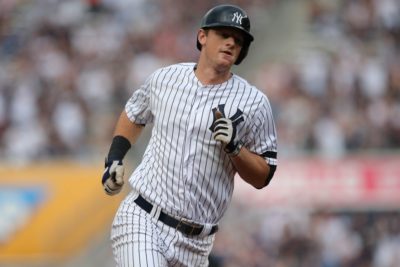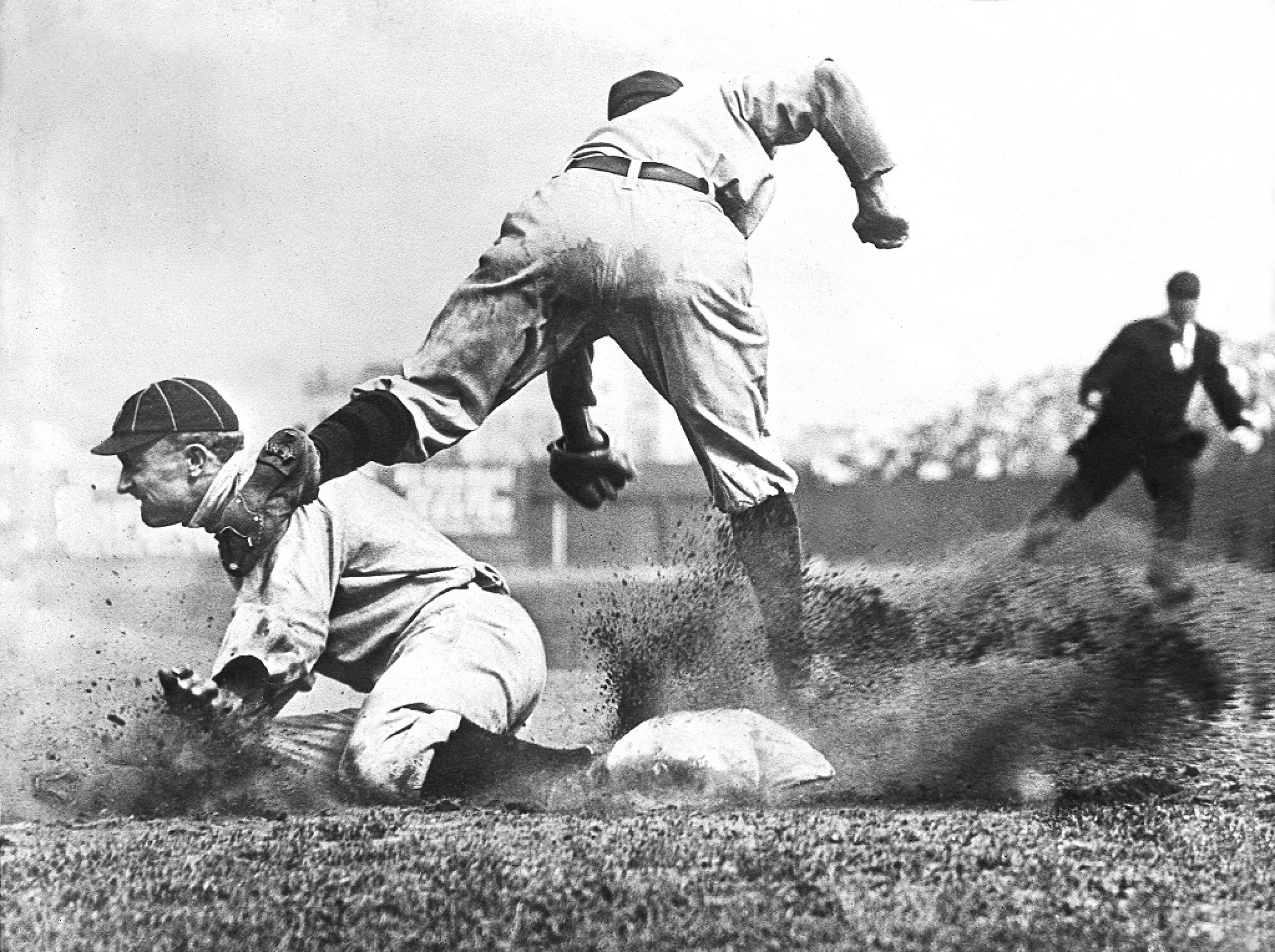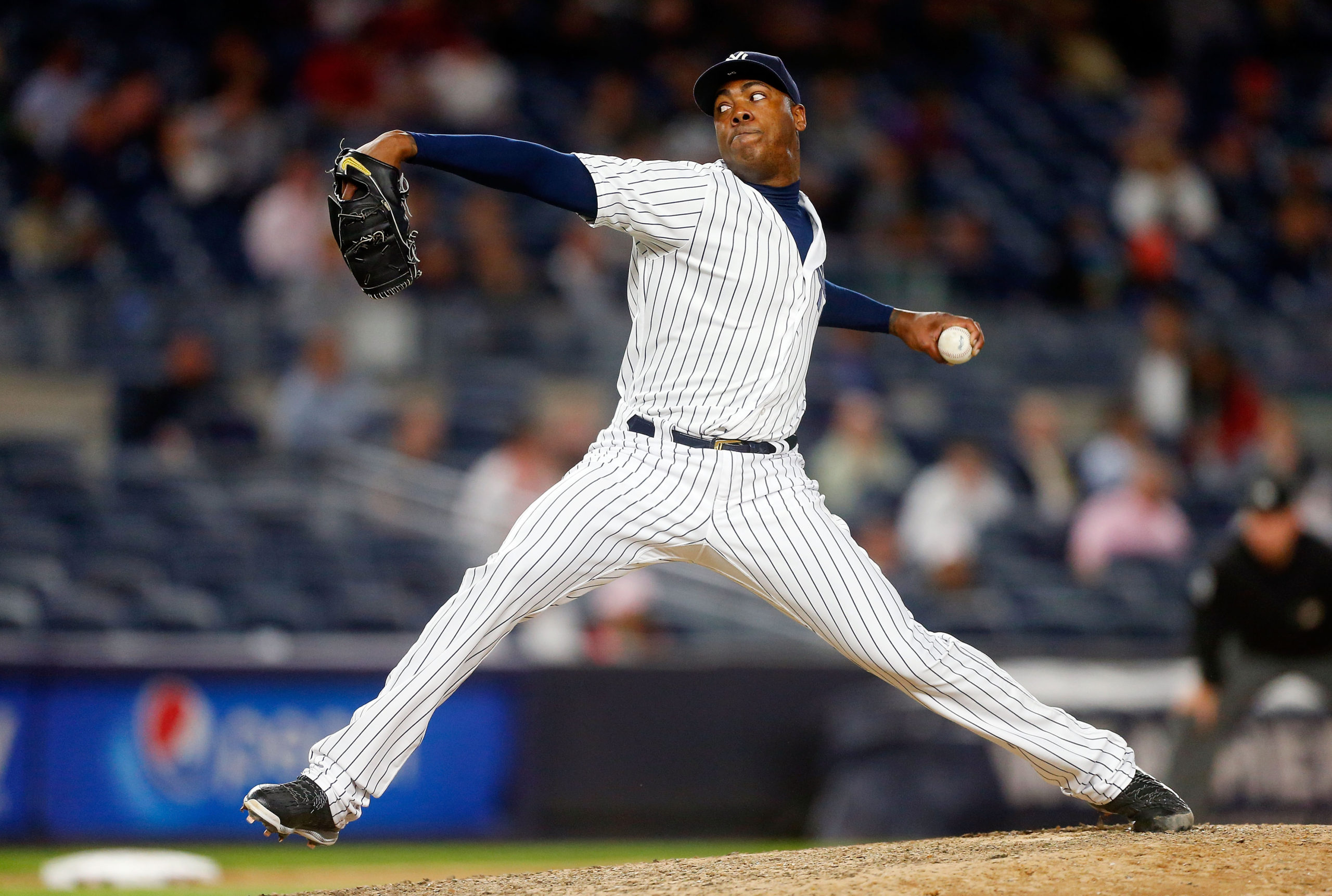Baseball History Comes Alive Now Ranked #2 by Feedspot Among All Internet Baseball History Websites and Blogs!
Guest Submissions from Our Readers Always Welcome!
THE BASEBALL HISTORY COMES ALIVE BLOG
Please note: As we compose new blog entries, we will now send each one out to all our subscribers as we post them. Here’s a link to see the entire Blog Archives -GL
New Blog Topic:
HIGH VELOCITY PITCHING – BLESSING OR CURSE
Just recently, a friend forwarded me a story that appeared in the Washington Post back in May of 2019. Its author, Dave Sheinin, presented a case that Major League Baseball’s fascination with the fastball – especially the fastball that travels between 95-100 miles per hour – is hurting the game and leading to what we’re seeing today, record numbers of home runs and more strikeouts than base hits. And as an extra added attraction, a parade of relief pitchers coming into almost every game to throw one inning of high heat.
The story detailed how the average fastball velocity has increased steadily over the years and that more pitchers than ever are throwing close to and sometimes over 100 miles per hour. His essay also hypothesized, among other things, that because this very high heat is more difficult to hit, the batters have resorted to hard, long swings, accepting the requisite strikeouts with the hope of belting one out of the park. And, of course, that’s helped by analytics telling us that the home run is the best way to score runs quickly and, ultimately, giving a team a better chance to win the game.
In addition to throwing harder the pitchers are getting bigger, many of them six-foot-four or taller. The story explained that height gives them an added advantage because their size and longer arms allow a longer stride and their release point is closer to home plate than the average-sized pitcher. And being tall, the ball is also released from a higher point and can come to the plate on a more downward trajectory. All that combines to make them harder to hit. On the other side, there are now longer counts with fewer balls put in play and, coupled with the many pitching changes, the pitching situation has become a major culprit in the longer games that MLB seems to hate.
It certainly was an interesting story with much truth to it. We all know the scouts are always looking for the “big arm,” guys who light up the radar gun, and a soft-tossing “junker” doesn’t really have a place in today’s game. The other thing mentioned was the more frequent defensive shifts being used. With the guy on the mound throwing gas and batters facing the hit-robbing shifts, they feel they can only win the battle by swinging for the fences.
Reading all this got me to thinking. What can be done to once again bring balance back to the game and return it, at least somewhat, to the game many of us grew up with and loved? Or has the pendulum swung too far and the game will now be changed only by radical, non-baseball rules, like putting a runner on second to begin an extra inning? And, of course, baseball has done virtually nothing to deal with the epidemic of Tommy John surgeries that could be, in part, the result of guys throwing so much high octane stuff and the stress it puts on the arm and elbow. MLB’s answer seems to be to let the surgeons do their thing while the scouts keep looking for more high octane arms.
Unfortunately, with the over-reliance on the bullpen and analytics coming up with stuff like a starter can’t go through the lineup a third time, we may have seen the end of the big-time pitcher who can finish what he starts and wins maybe 250-300 games. Six innings and three runs is now considered a quality start before the bullpen parade begins. So starters, too, will throw as hard as they can for five or six innings and hope the bullpen can hold the lead or bail them out. Again, not the kind of baseball we grew up with.
As for putting more offense in the game versus the 95-100 mph gas and the numerous shifts, the hitters must be taught and coached differently. Instead of the big home run cut, how about a shorter, quicker swing designed to make contact. The Yankees D.J. LeMahieu is a perfect example. He may well have

been baseball’s best pure hitter over the last two seasons. His forte is making contact and his batting average shows it. He’s also a dependable clutch hitter because he knows when to cut down on his swing and take what the pitcher gives him. If more young players took a long look at him they might realize that the home run isn’t everything. In the Post story Marlins manager Don Mattingly was quoted as saying the same thing – that a shorter, quicker swing will enable hitters to catch up with the gas. During Mattingly’s peak years as a player he hit his share of home runs. But look at his total hits, his batting averages and the number of doubles he hit. Take what they give you.
You can certainly go back in time and find hitters who would be able to adjust to the high heat as well as the shift. And I’m not talking the likes of Wee Willie Keeler and Ty Cobb from the early days. But you could easily go back to a Stan Musial or a Don Mueller. Musial, of course, was special. The shift wouldn’t bother him, nor would the high heat. Mueller, who excelled with the 1950s Giants, was called Mandrake the Magician for the way he handled the bat. But I’m also thinking of the likes of Rod Carew, Wade Boggs, George Brett or Tony Gwynn, or more recent vintage. They were hitters today’s players could learn from watching.
Those four all knew how to handle the bat, how to go the other way, and to take what the pitcher gave them. Carew was such an adept bunter that if they shifted on him he could drop one down the third baseline for a hit almost every time, or even push it out to short left and wind up on second. Gwynn was a master of going with the pitch and rarely struck out. Those four guys won 23 batting titles between them and if they played today do you think they’d suddenly morph into free swingers looking for the home run? I doubt it. Everyone can’t have their skills, but nor is every player a slugger. Unfortunately, today many try to be.
I don’t see the pitching situation changing radically any time soon. Teams will continue to look for big strong guys who can throw hard and the elbows will continue to blow out. Some want to move the mound back a couple of feet to negate the speed. Who knows, baseball could try it, but there are both pros and cons to that experiment. There also doesn’t seem to be room for the little guy who pitches with guile anymore. Maybe if someone with the great knuckleball came along he’d find a place, or a guy with an unorthodox delivery that made it tough for hitters. But by and large, it’s the guy who can hit triple digits on the gun who continues to open eyes.
Baseball has always been a game of adjustments and we can only hope that the offense will adjust to both the ultra-fastball pitching and the shifts. Maybe an “innovator” will come along and decide that small ball can once again be effective. And just maybe the hitters will realize that the home run isn’t everything despite MLB juicing the ball with the idea that the excitement for young fans is seeing the ball soar over the fences or the pitchers fanning hitters with their high heat. Unfortunately, for us older fans, the game we’re now watching, or trying to watch, tends to be boring and repetitive, lacking the strategy and excitement of older times. And you can’t only blame those pitchers registering triple digits on the radar gun. It has been a real collaborative effort that has brought the game to where it is today.
Bill Gutman
As always, we enjoy reading your comments
Here’s a link to see the entire Blog Archives


I wholeheartedly agree. All-or-nothing baseball is but a gaudy approximation of the beautiful game of yesteryear.
So many of us older fans feel exactly the same way, GP. So much of the game’s beauty is gone. Let’s hope it finds its way back one of this days, but I’m not holding my breath.
TB,
Good points, you sure covered the bases as to why the game has diminished for most of us.
First, get rid of the “launch angle” and “attack angle” theory and take a normal cut at the ball-hitting it where it’s pitched. There will be more strikeouts because of the size of the pitchers and speed of the ball, as you point out. But, because of that, a gargantuan swing is unnecessary to drive the ball 400 feet. The homers might diminish slightly, but by putting more balls in play I contend there would be more runs batted in.
Destroy the shift by tapping a ball to the opposite field and cruise into second, as it dribbles past a lone infielder and dies in the outfield.
The notion that a pitcher can’t go through a lineup three times when he has good stuff is nonsense. As you’ve said, back in the day great pitchers often got stronger late in the game. Along those lines, the new normal on pitch counts should be 112-115, rather than 100-107.
Stan Musial hit his most home runs in a season in 1948, with 39. He said he didn’t try to hit more homers that year. So he figured he’d try to hit more the next year. He soon found he was pulling everything–and the pitchers began pounding him outside. Through May, he was batting .272 with six round trippers. Stan went back to his normal ways, slashing to all fields. The rest of the way he belted 30 home runs and batted close to .380. He wound up at .338 with 36 circuit smashes.
And the unnecessary slow start might have cost him another batting title.
TOB
Hey Bill. Feel like using real names tonight. Absolutely agree with everything you say. There are ways to adjust to everything, including the high heat and the shift. If I’m not mistaken, they’re teaching young hitters how to increase their launch angle which is, to be honest, a load of crap. As you say, go with the ball and the results will come. Today if a guy hits 35 home runs he doesn’t think the 180 strikeouts mean anything. Analytics even say batting average isn’t that important. Where do they come up with this stuff? Too bad there isn’t a time machine to send all the computer geniuses back to 1915 for a week, then 1925 for another week and maybe 1935 for still another week. Then see if they say the game they watched for those three weeks was all wrong. If they said that, then the game is doomed.
Also Bill.
Hello again Bill(s): I share your thoughtful, painfully accurate lament over the disappearance of what was once our country’s greatest sport. If the geniuses running today’s game dared to put a genuine master of the mound out there in lieu of Freddy The Flamethrower, they just might be able to rescue it from an excruciating and seemingly inevitable fate. I don’t know, but maybe a latter-day craftsman like Eddie Lopat or Clem Labine could teach today’s batters that swinging for Newark will get you nothing but air, and force them to tear a page or two out of Tony Gwynn’s and Rod Carew’s books on the fine art of self-restraint, thinking at the plate, and hitting the ball where it’s pitched. Before long, we might actually be watching the game of baseball once again.
Or is this all a complete pipe-dream? My fear is that we’ll never get the chance to find out. What manager today has the guts to pull his nose out of Analogs, Anagrams and Analytics, and dare to approach this fascinating game the way it was designed to be played?
Light-bulb alert: What if two Bills, Gutman and Schaefer, were to pen a movie script with just such a story line? (Today’s Carl Erskine takes today’s Bill Nicholson to school, and baseball, once thought to be DOA, is triumphantly revived and resurrected!)
We shall never know, for sure, until we try.
Keep pitching,
Michael